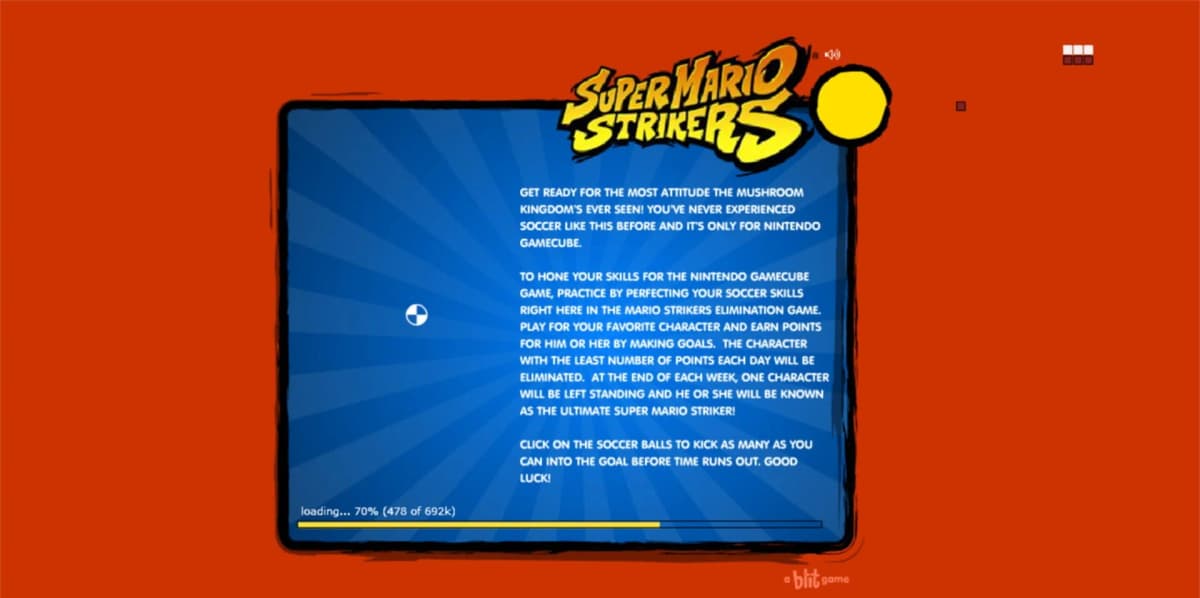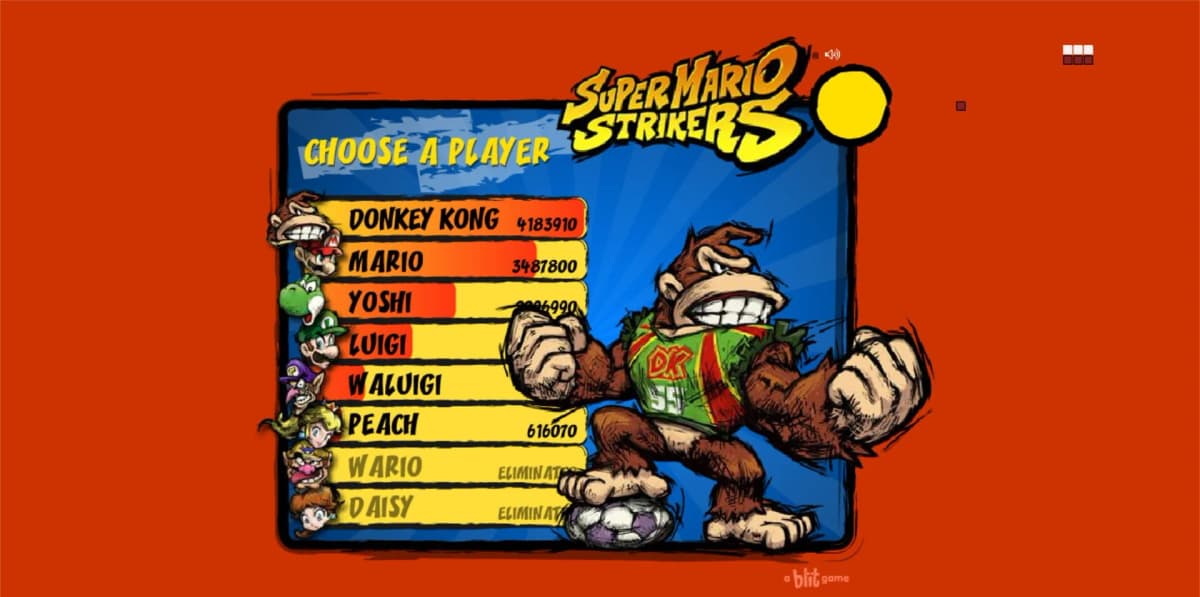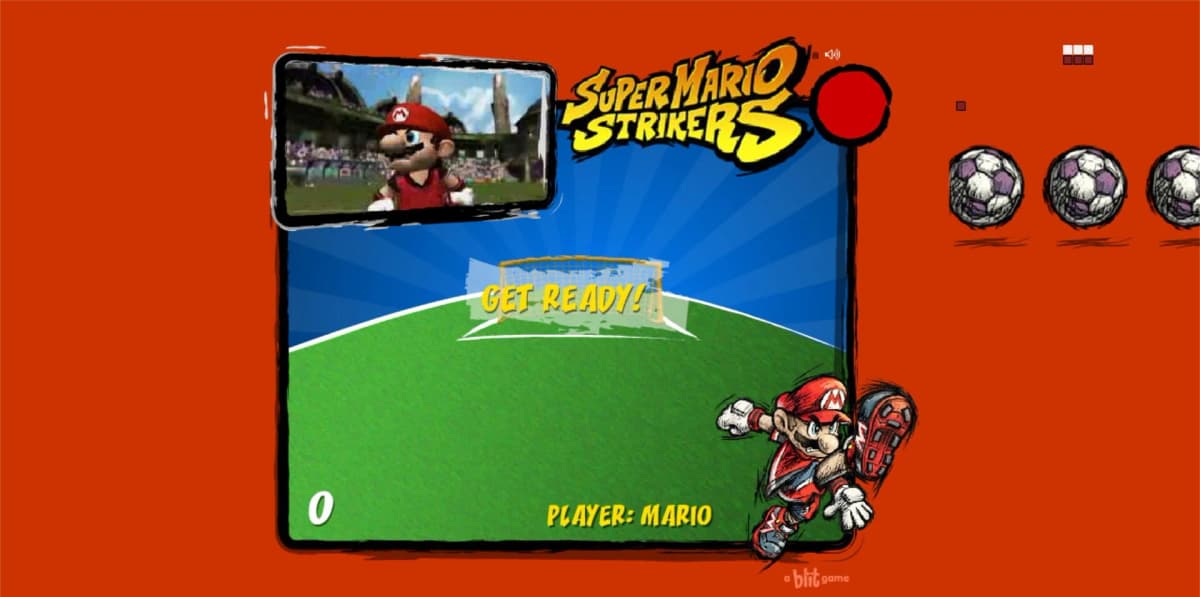
When Nintendo unveiled that Super Mario Strikers would join the Nintendo Switch 2 Classics library for Expansion Pack members, I couldn’t help but crack a grin. Back in 2005, this title rewrote the rulebook on soccer games—no referees, electrified fences, and items flying faster than a Bullet Bill. Reintroducing that mayhem today is a bold move, but locking it behind a subscription layer raises fresh questions about value, ownership, and Nintendo’s strategy.
For newcomers, Super Mario Strikers is far from your average sports sim. Imagine Mario Kart chaos on a soccer pitch: players bash opponents with Koopa shells, hurl Chain Chomps at goalies, and unleash Super Strikes that light up the entire stadium. The game’s gritty, all-out brawl vibe was a sharp departure from Nintendo’s wholesome image—and it still feels refreshingly anarchic in 2024.
By porting it to Switch 2, Nintendo taps into both nostalgia and party-game demand. If you’ve never hosted a four-player slobberknocker in Daisy’s goal box, this re-release is an invitation to discover why Strikers earned a cult following. The pick-up-and-play mechanics remain intact: simple controls, explosive power-ups, and frantic matches that reward timing over tactics.
There’s no denying that bundling Strikers with the Switch 2 Expansion Pack makes that service more tempting. Alongside F-Zero GX and Wind Waker, it reinforces a steady stream of GameCube classics arriving each month. For subscribers, it’s an expanding retro arcade in your living room.

Yet here’s the rub: you can’t buy Strikers outright. If you cancel your subscription, the game vanishes—along with your saved chaos. This approach shifts the equation from “own once, play forever” to “rent nostalgia month by month.” It’s a shrewd business play, but one that leaves collectors and legacy fans longing for à la carte options. Will Nintendo ever offer standalone purchases for these legacy titles? That’s a question they’ve yet to answer.
Alongside the digital port, Nintendo teased a limited-run wireless GameCube-style controller. On paper, it’s a classy nod to the original hardware—perfect for those who swear by the tactile click of a C-stick. In practice, it feels positioned as a premium collectible, available only to subscribers willing to preorder early.
For hardcore fans, that controller is a must-have. But casual players might balk at another gated accessory. At least Nintendo has confirmed the game plays seamlessly with standard Switch Pro Controllers or Joy-Con pairs, so you won’t need to splurge just to line up a Super Strike.

Strikers on Switch 2 offers undeniable perks. Local multiplayer returns up to four players, and online matchmaking brings those Mario soccer brawls to a global arena. No more tinkering with fan-made servers or awkward emulation setups. Nintendo’s quality-of-life improvements—like save states and rewind features—only sweeten the deal.
Still, the subscription barrier forces a reckoning: do you pay a recurring fee for access to these classics, or wait for future standalone releases? For families and party-game aficionados who bounce from title to title, the Expansion Pack could be worth its weight in digital gold. But for purists who want permanent ownership and occasional replay, the model feels less consumer-first.
The Strikers relaunch is a compelling test case for Nintendo’s subscription-driven strategy. Developers and analysts will be watching player engagement closely: Are subscribers sticking around longer? Do limited-time controller drops boost sign-ups? How does user feedback shape the rollout of subsequent ports?

Future research could examine retention rates post-Strikers launch, or survey fans on whether they’d pay for standalone legacy titles versus a service bundle. It would also be telling to see if Nintendo introduces tiered access—perhaps offering individual classics as paid add-ons, independent of the Expansion Pack.
Super Mario Strikers charging onto Switch 2 is both a triumph of retro revival and a bold subscription gambit. For diehard fans, it’s a chance to relive one of Mario’s wildest spin-offs in crisp HD, complete with online play and potential hardware homages. For everyone else, it underscores Nintendo’s shift toward ongoing service revenue—and a reminder that owning your favorites outright may become a rarer privilege. Whether that model feels like savvy fan service or FOMO-driven marketing depends on how deep you’re willing to dive into Nintendo’s walled garden.
Get access to exclusive strategies, hidden tips, and pro-level insights that we don't share publicly.
Ultimate Gaming Strategy Guide + Weekly Pro Tips